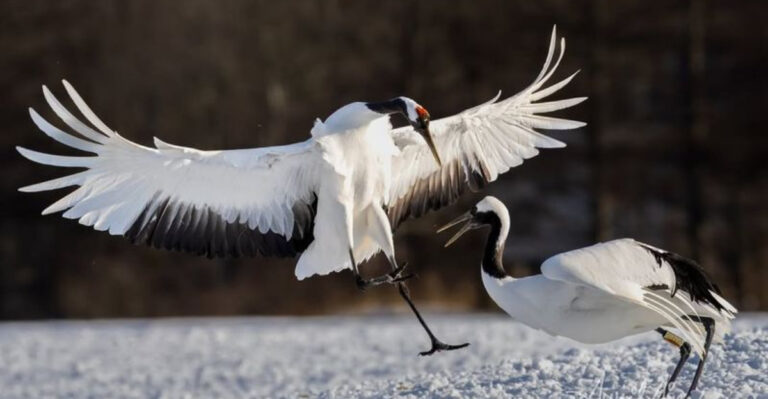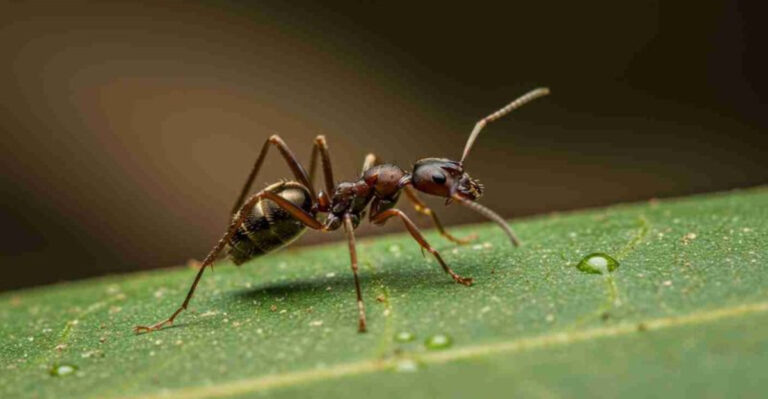States With The Largest Alligator Populations In 2024
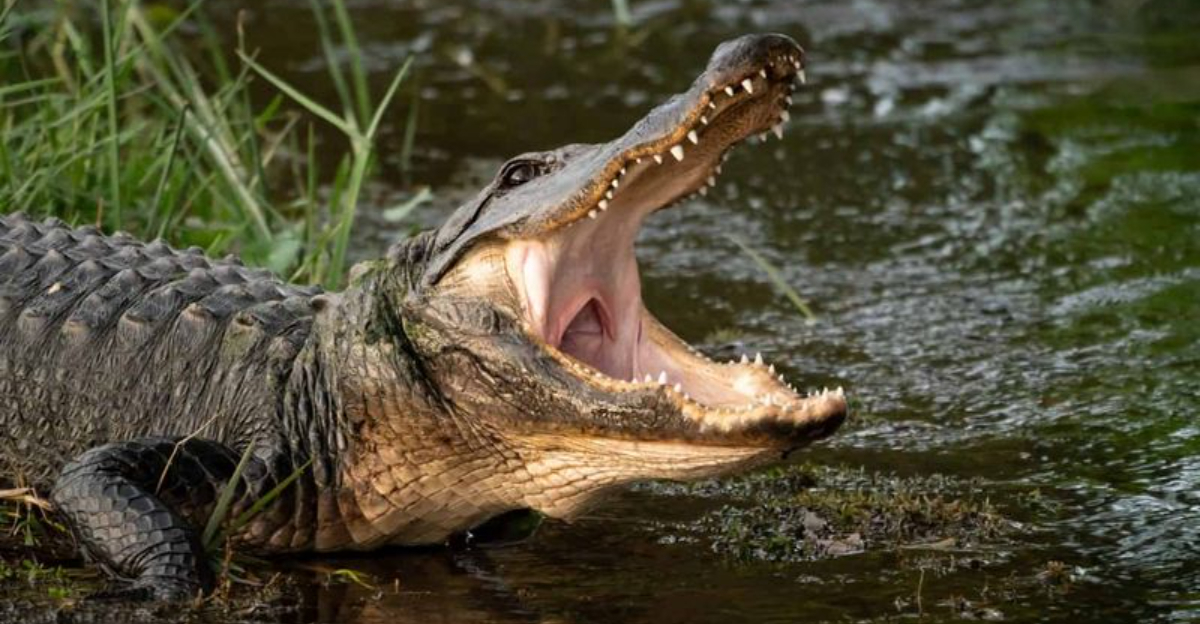
Alligators, those prehistoric-looking reptiles with powerful jaws and armored skin, have made quite a comeback across America in recent decades. Conservation efforts since the 1970s have helped these ancient creatures rebound from near extinction.
While most people associate alligators with just Florida and Louisiana, these remarkable reptiles actually thrive in many more states than you might expect.
1. Louisiana: The Bayou State’s Swamp Kings
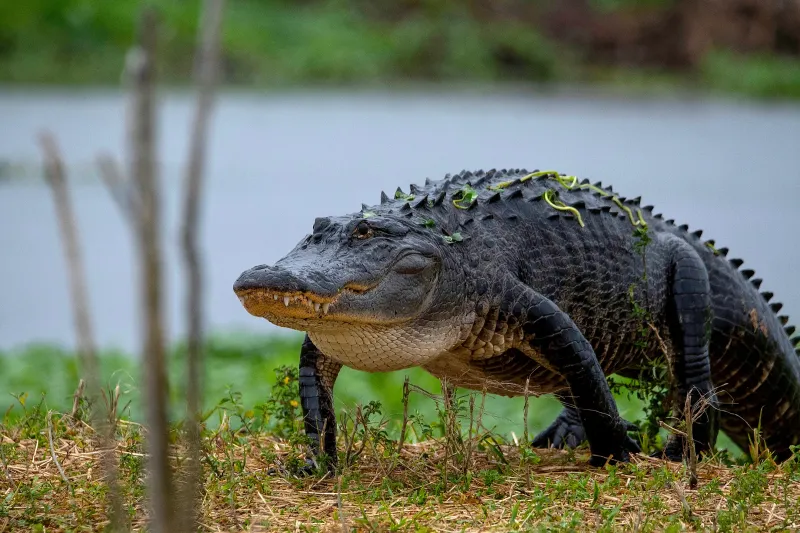
Over two million alligators call Louisiana home, giving it the highest population density in America. These prehistoric predators thrive in the state’s perfect mix of marshes, swamps, and bayous.
Local culture has embraced these toothy residents through everything from airboat tours to unique cuisine. Many Louisianans have learned to coexist with their scaly neighbors through generations of shared habitat.
2. Florida: Peninsula Of Prehistoric Predators
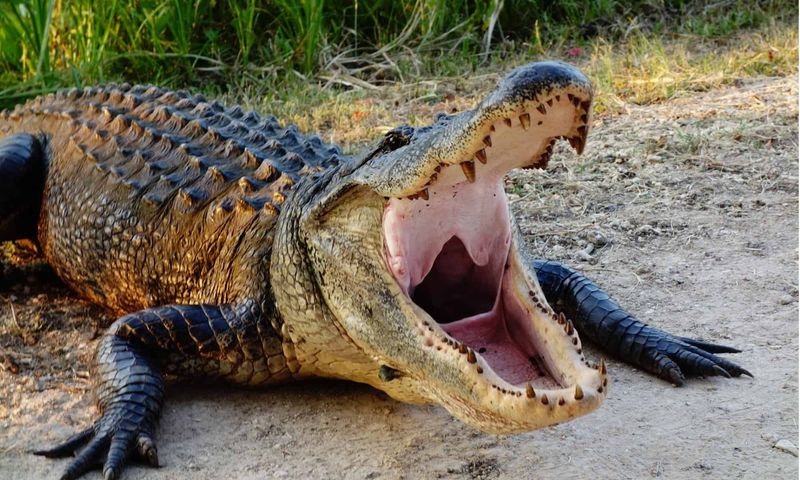
Sunshine and gators go hand-in-hand in Florida, where approximately 1.3 million alligators lurk in practically every body of freshwater. From golf course ponds to the vast Everglades, these reptiles are practically state mascots.
Florida’s relationship with alligators is complex – they’re tourist attractions and occasionally unwanted pool guests. The state runs a nuisance alligator program that handles over 15,000 complaints annually!
3. Texas: Lone Star Lizards
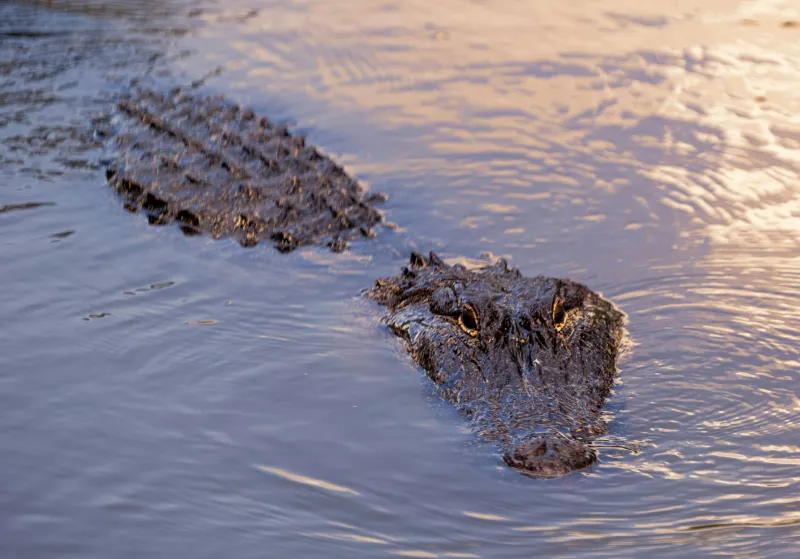
Everything’s bigger in Texas – including the alligator territory! These armored reptiles command roughly half a million strong across eastern Texas wetlands and Gulf Coast marshes.
Brazos Bend State Park, just outside Houston, offers some of the best alligator viewing in America. Spring brings breeding season when male gators bellow loud mating calls that sound like distant thunder rumbling across the water.
4. Georgia: Swamp Sentinels Of The South
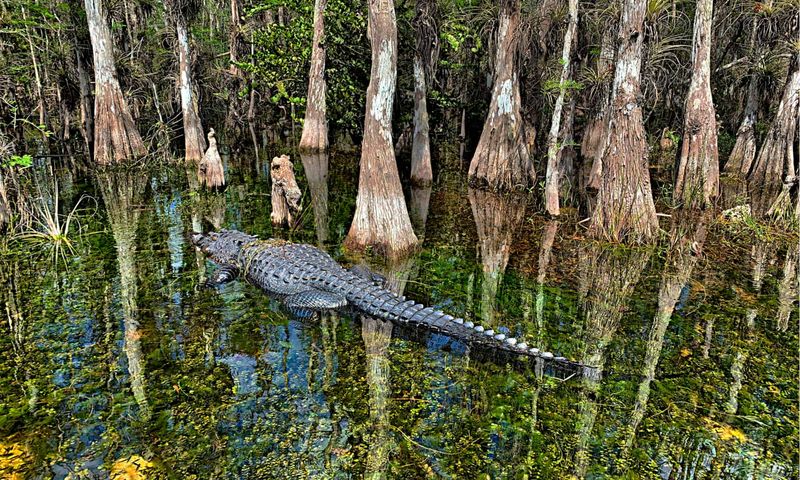
Tucked away in Georgia’s southern wetlands live approximately 200,000-250,000 alligators. The famous Okefenokee Swamp serves as their fortress – a 438,000-acre protected wilderness teeming with these ancient reptiles.
Kayakers often spot these prehistoric creatures sunning themselves on cypress knees or gliding silently through blackwater channels. Local conservation efforts have helped gator populations rebound dramatically since the 1970s.
5. South Carolina: Palmetto State Predators

Roughly 100,000 alligators patrol South Carolina’s coastal marshes and inland waterways. These reptilian residents particularly favor the ACE Basin – one of the largest undeveloped estuaries on the Atlantic Coast.
Historical rice plantations created perfect gator habitat with their elaborate canal systems. Now abandoned, these waterways have become alligator highways connecting the region’s swamps, rivers, and marshes into one vast reptile realm.
6. Alabama: Cotton State’s Cold-Blooded Residents
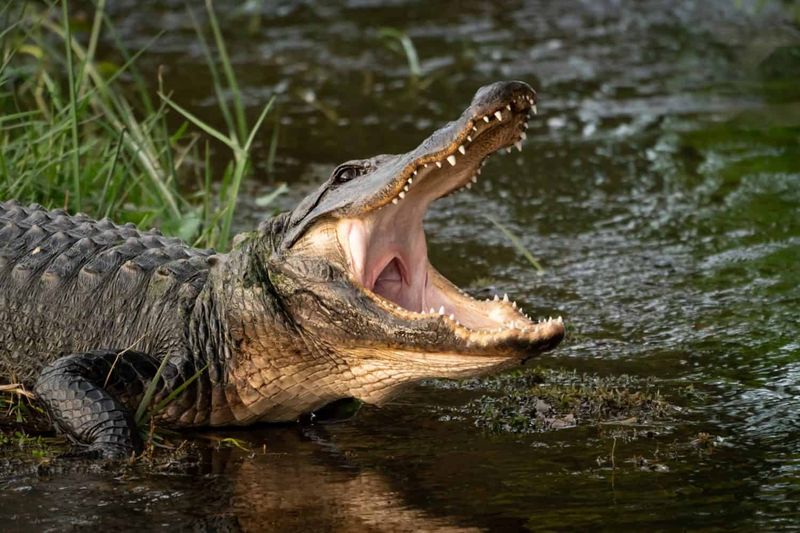
Surprising to many visitors, Alabama hosts around 70,000 alligators primarily in its southern regions. Mobile-Tensaw Delta, nicknamed “America’s Amazon,” serves as their stronghold – a maze of rivers, bayous, and swamps.
Gator hunting season has become a regulated tradition here. Conservation success means strictly controlled harvests now help manage populations while creating a unique cultural connection between humans and these ancient reptiles.
7. Mississippi: Magnolia State’s Marsh Masters

Nearly 40,000 alligators dominate Mississippi’s southern waterways. The Pearl River and its surrounding wetlands near Jackson form unexpected urban wildlife hotspots where humans and gators maintain an uneasy coexistence.
Hurricane impacts have actually helped alligator populations in surprising ways. Storm surges push saltwater into freshwater habitats, temporarily displacing gators but ultimately creating new hunting grounds as ecosystems recover and prey species flourish.
8. Arkansas: Natural State’s Swamp Sovereigns

Approximately 30,000 alligators patrol Arkansas’ southeastern corner, marking the northwestern edge of their natural range. These cold-blooded residents push the geographic limits of where alligators can survive winter temperatures.
Local lore tells of “gator carryin'” – the practice of relocating young alligators to new ponds to establish populations. This unofficial conservation effort by early settlers may explain some of Arkansas’ isolated alligator communities that thrive today.
9. North Carolina: Tar Heel Terrors
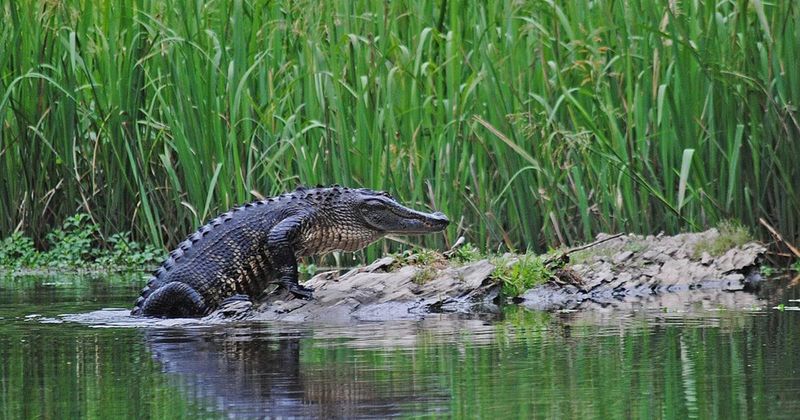
Around 25,000 alligators inhabit North Carolina’s coastal plain, representing the northernmost substantial population on the Atlantic coast. These hardy reptiles have adapted to survive occasional freezing temperatures by entering a hibernation-like state.
When waters ice over, they stick their snouts through the surface, creating “alligator holes” that allow continued breathing. This remarkable adaptation, called “icing,” lets them survive in environments that would kill most tropical reptiles.
10. Oklahoma: Sooner State’s Surprising Reptiles
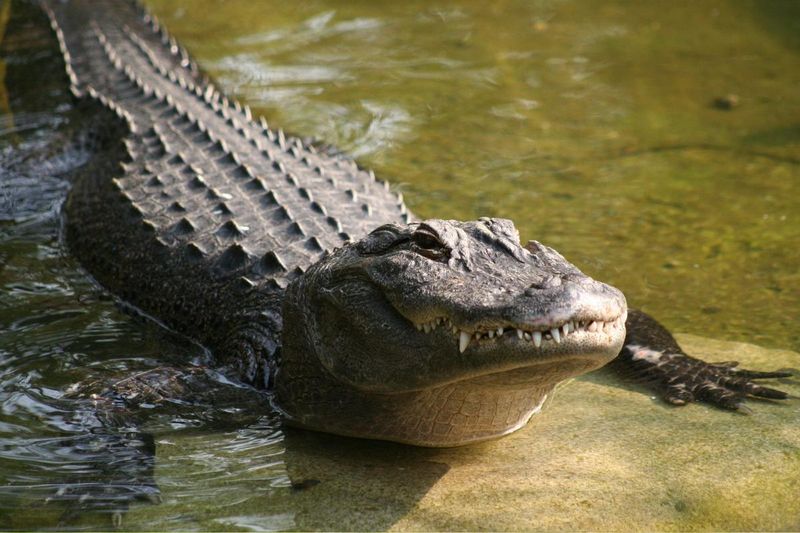
Few realize that approximately 2,000-3,000 alligators inhabit Oklahoma’s southeastern corner. Red Slough Wildlife Management Area represents their primary stronghold – a restored wetland that provides ideal habitat.
These gators live at the very edge of their natural range. Climate change may actually be expanding their territory northward as winters become milder, allowing these cold-sensitive reptiles to survive in previously inhospitable areas.
11. Missouri: Show-Me State’s Secret Swimmers
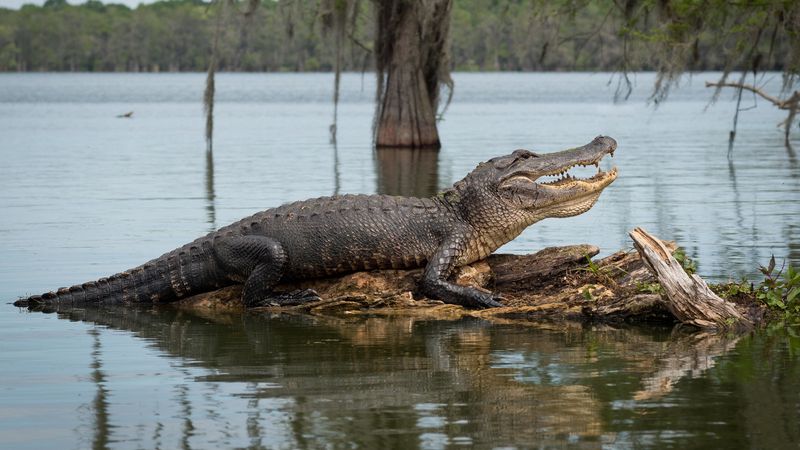
Though numbers are small – perhaps 100-150 individuals – Missouri has a surprising pocket of alligators in its extreme southeastern swamps. Mingo National Wildlife Refuge hosts most of these reptilian residents in its protected wetlands.
Debate continues about whether these populations are truly native or result from releases. Either way, these gators represent remarkable survivors at the absolute northern edge of possible alligator habitat where winter freezes push survival limits.
12. Tennessee: Volunteer State’s Rare Reptiles
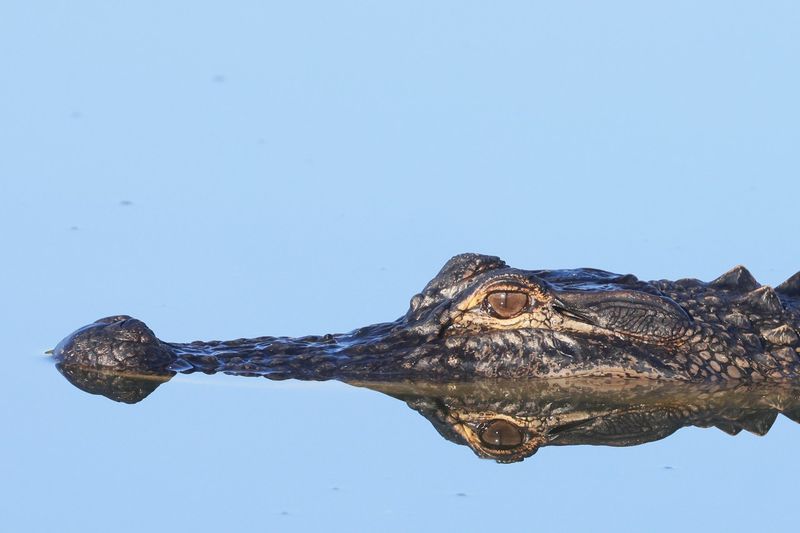
Tennessee claims perhaps 50-75 alligators, mostly in its southwestern corner near Reelfoot Lake – a body of water created by earthquakes along the Mississippi River in 1811-1812. These reptiles represent an extremely northern outpost of alligator territory.
Wildlife officials believe most Tennessee alligators result from illegal releases rather than natural populations. However, warming climate patterns may eventually make the state more hospitable for these cold-sensitive creatures.
13. Kentucky: Bluegrass State’s Border Dwellers
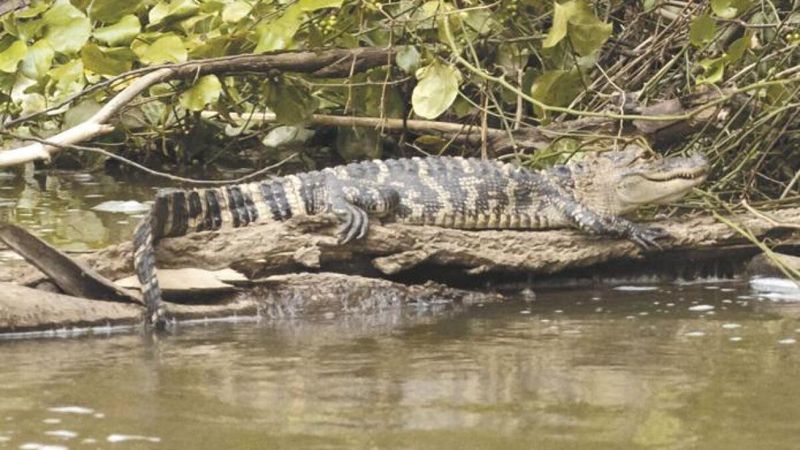
Kentucky hosts perhaps 20-30 alligators, primarily along its western border with the Mississippi River. These reptiles represent extreme outliers – individuals at the absolute northern fringe of possible alligator territory.
Most Kentucky gators likely result from releases rather than established breeding populations. Climate change models suggest the state could potentially support small alligator communities in the future if warming trends continue.



